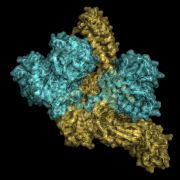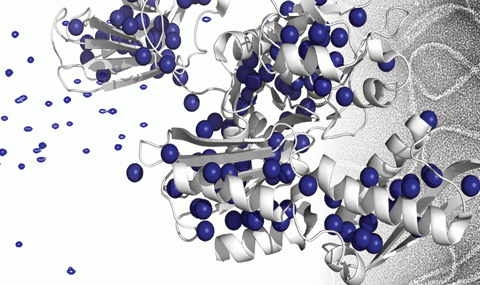Protein disaggregases hold the potential to reverse protein aggregation and amyloid fibril formation – conditions that have been identified in an increasing number of debilitating, and ultimately fatal neurodegenerative disorders. In yeast, bacteria, and plants, a hexameric Hsp104/ClpB can solubilize these disordered aggregates and amyloids, however, curiously, metazoa lack an Hsp104 homolog. Instead, our cells employ a different, less understood machinery to refold protein aggregates – a chaperone system comprised of Hsp110, Hsp70, and Hsp40s.
As understanding this mechanism is vital to combating the progression of aggregation-related diseases, in our lab we aim to answer:
- What is the mechanism through which the mammalian chaperone system dissolves toxic protein aggregates?
- What other proteins in the cell play a part in this protein disaggregation?
-
How do each of the many proteins in this system affect, contribute to, and regulate the overall disaggregation function?
To achieve this, we employ cutting edge solution NMR, complemented by biophysical and biochemical techniques to unravel and dissect the molecular composition, dynamics, and regulation of the disaggregation reaction in human cells.



